Report this entry
More from the same community-collection
The present El Paso County Courthouse
El Paso Municipal Court is located in 810 E Overland, El Paso, ...
Camino Real Hotel with Street Lamp
The picture shows parts of the old Paso del Norte Hotel, now the ...
Band during Labor Day Parade 1985
The picture shows parts of a school band which joined the Labor ...
Cheerleaders during Labor Day Parade - 1985
The image shows a group of cheerleaders during the Labor Day ...
Merrick Building - El Paso, Texas
The Merrick building was built in 1887 in El Paso, Texas in the ...
First National Bank and Wells Fargo Building
The First National Bank and Wells Fargo Building was built in ...







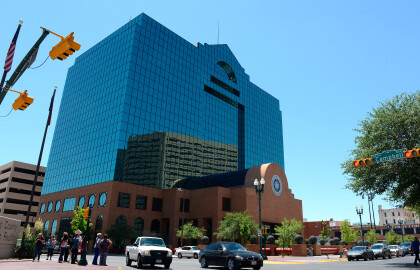
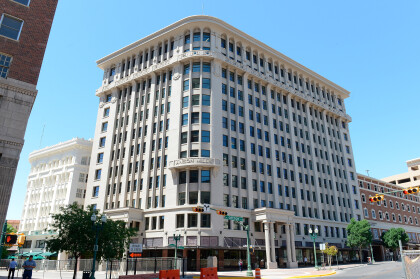
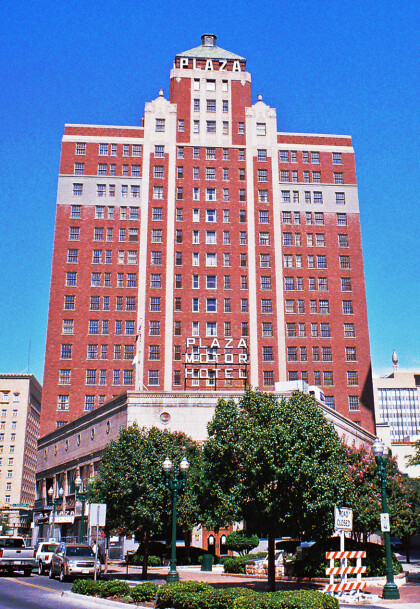
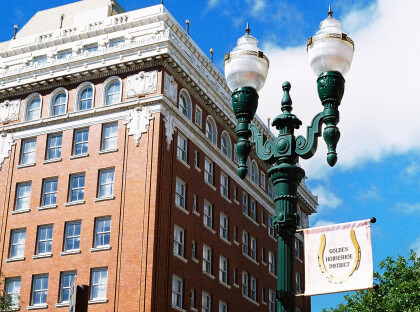
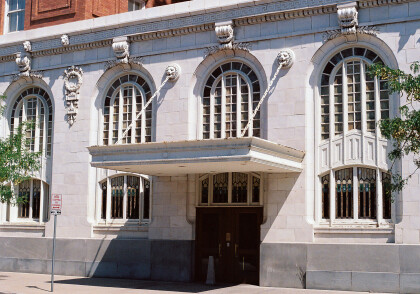
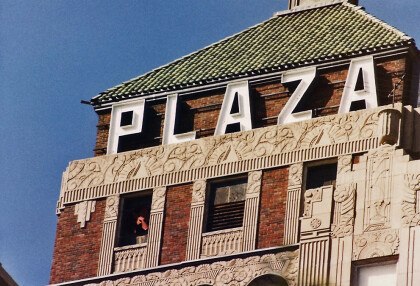
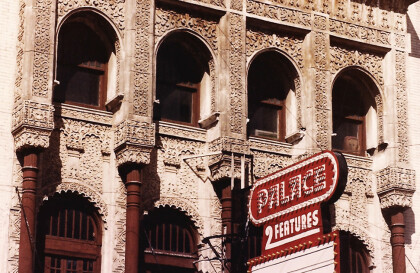
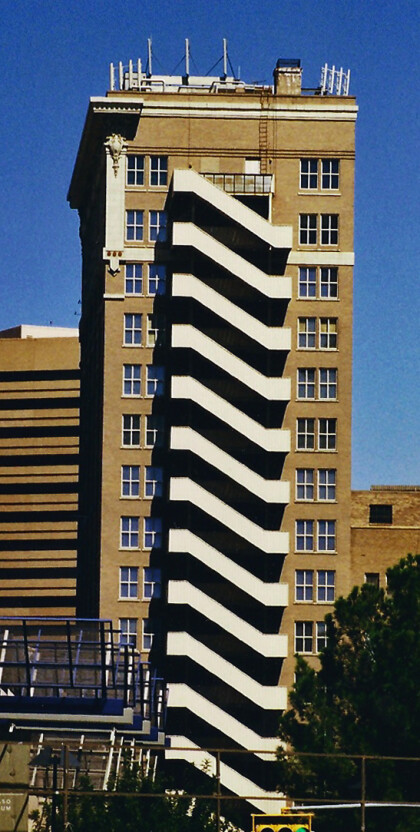
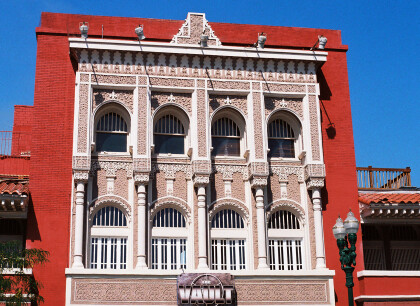
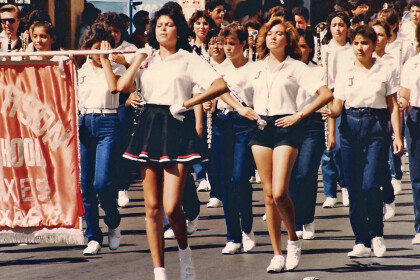
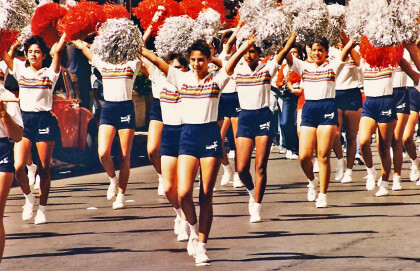
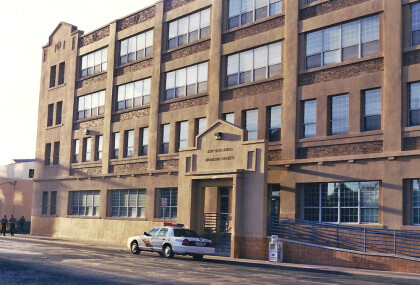
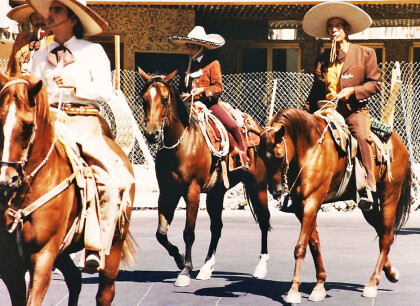
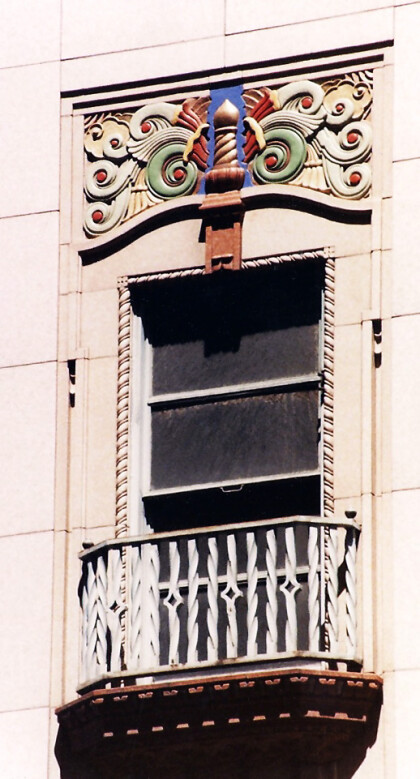
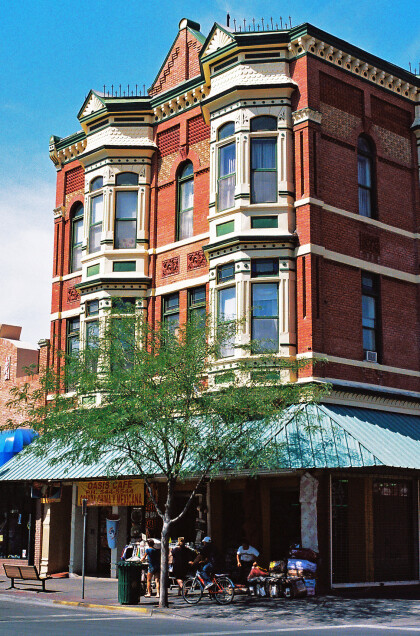
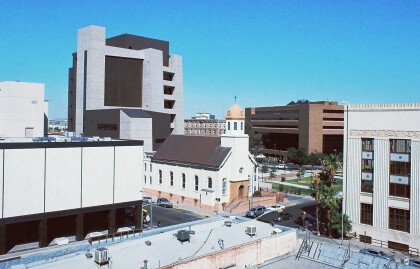
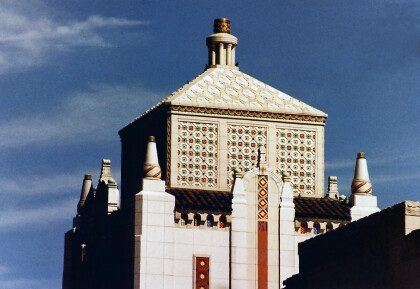
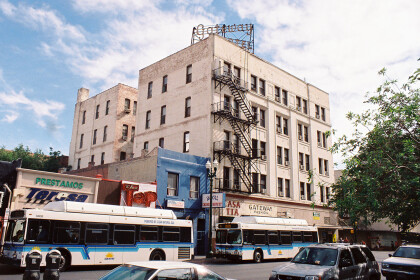
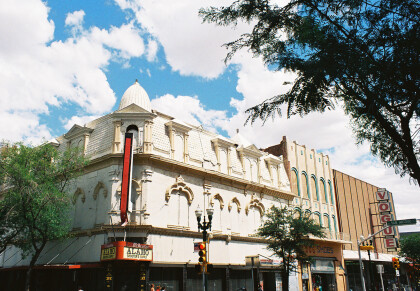
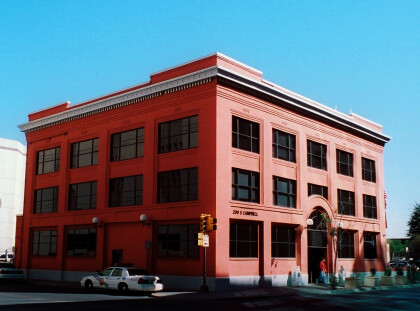
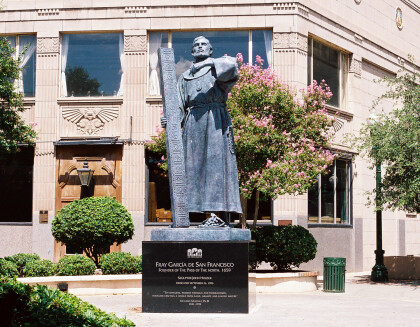
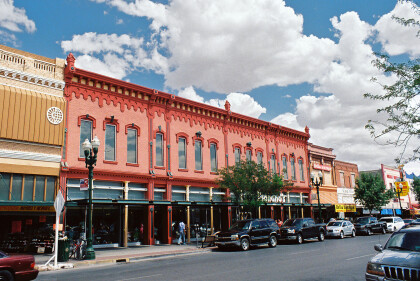
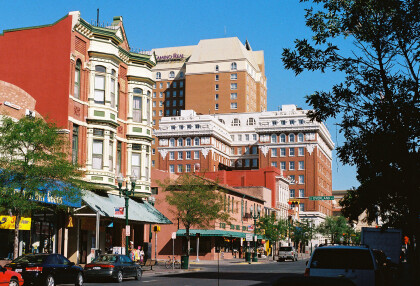
Comments
Add a comment